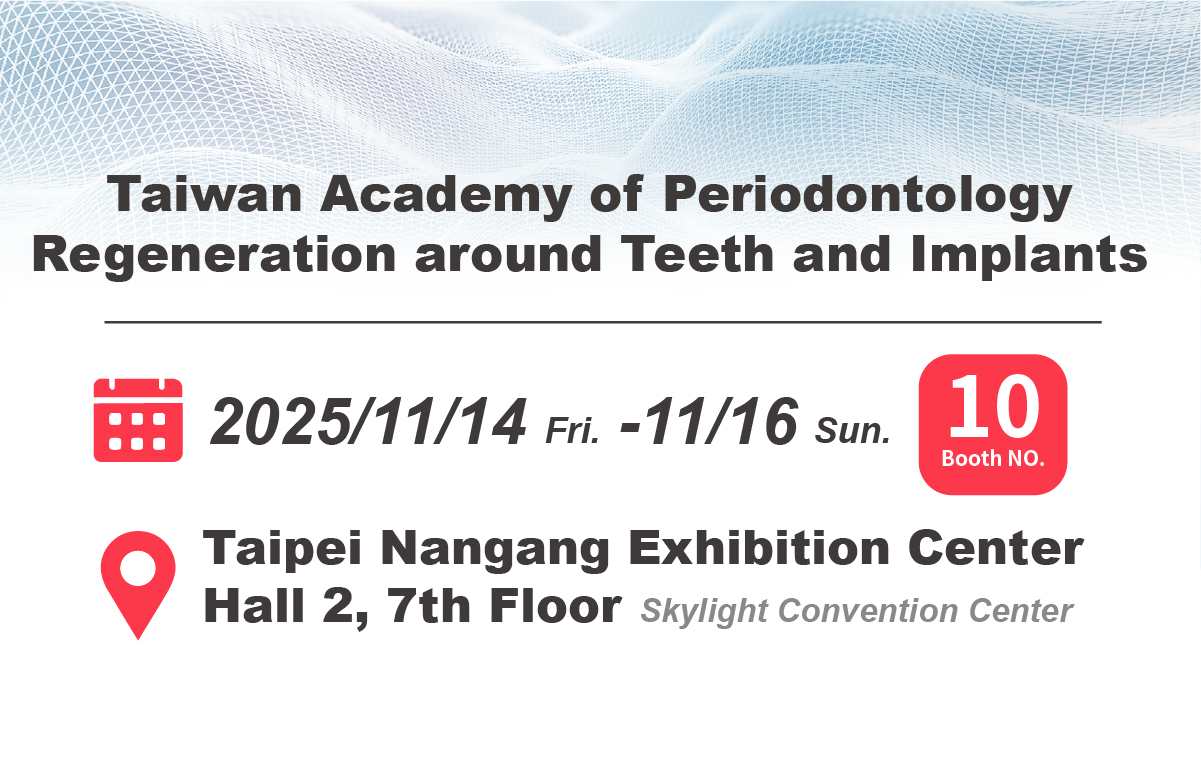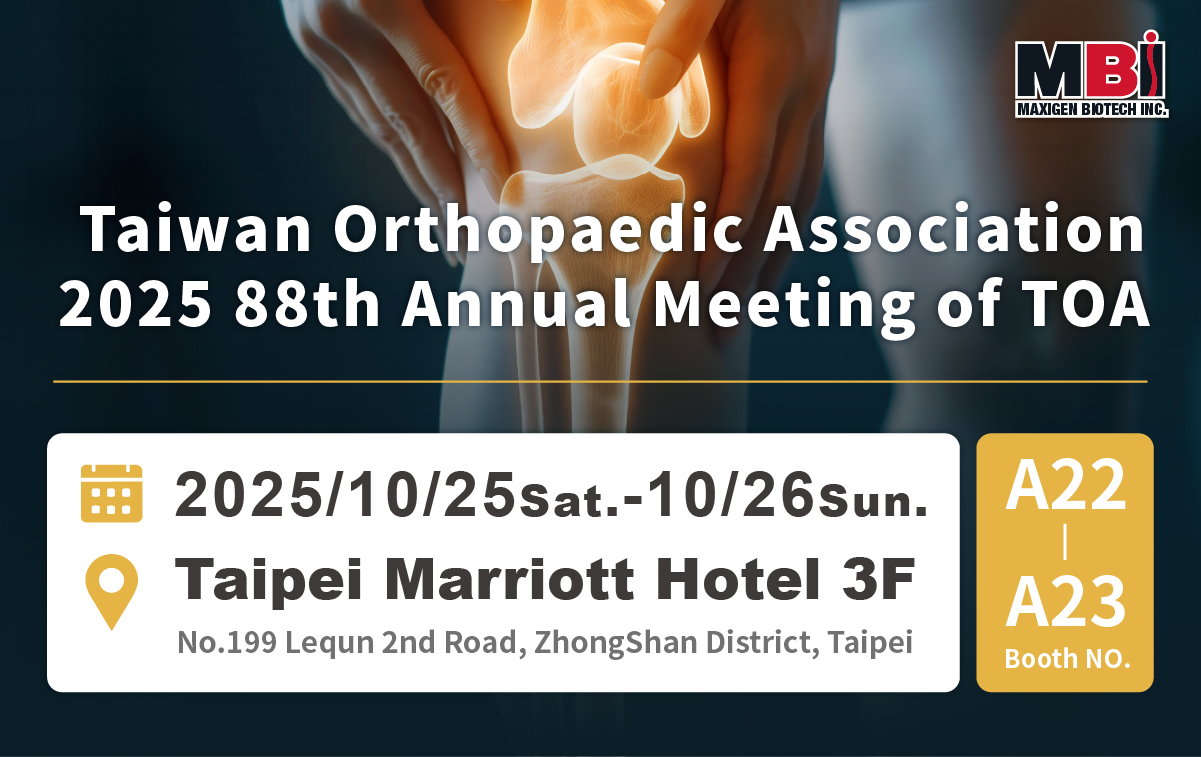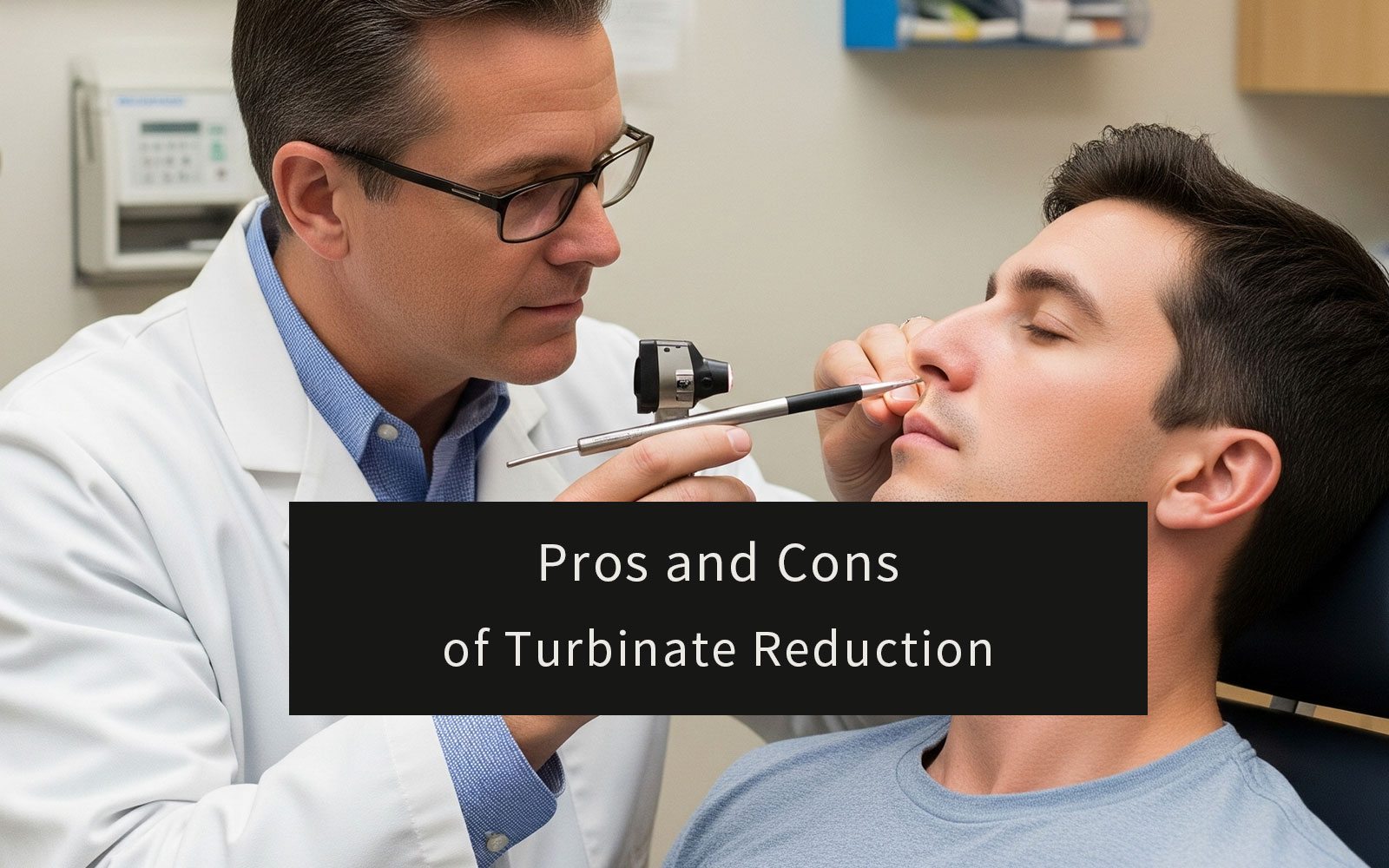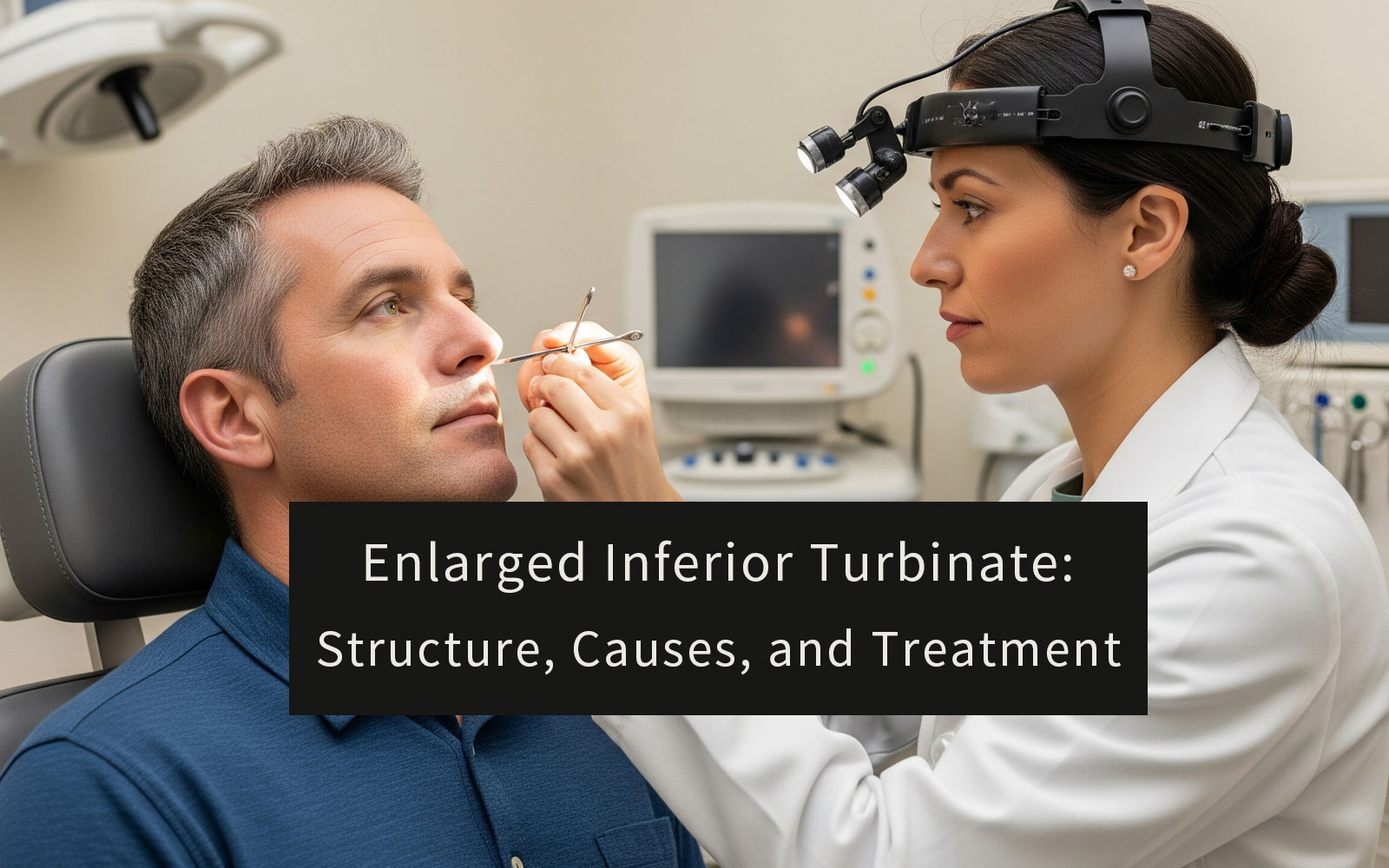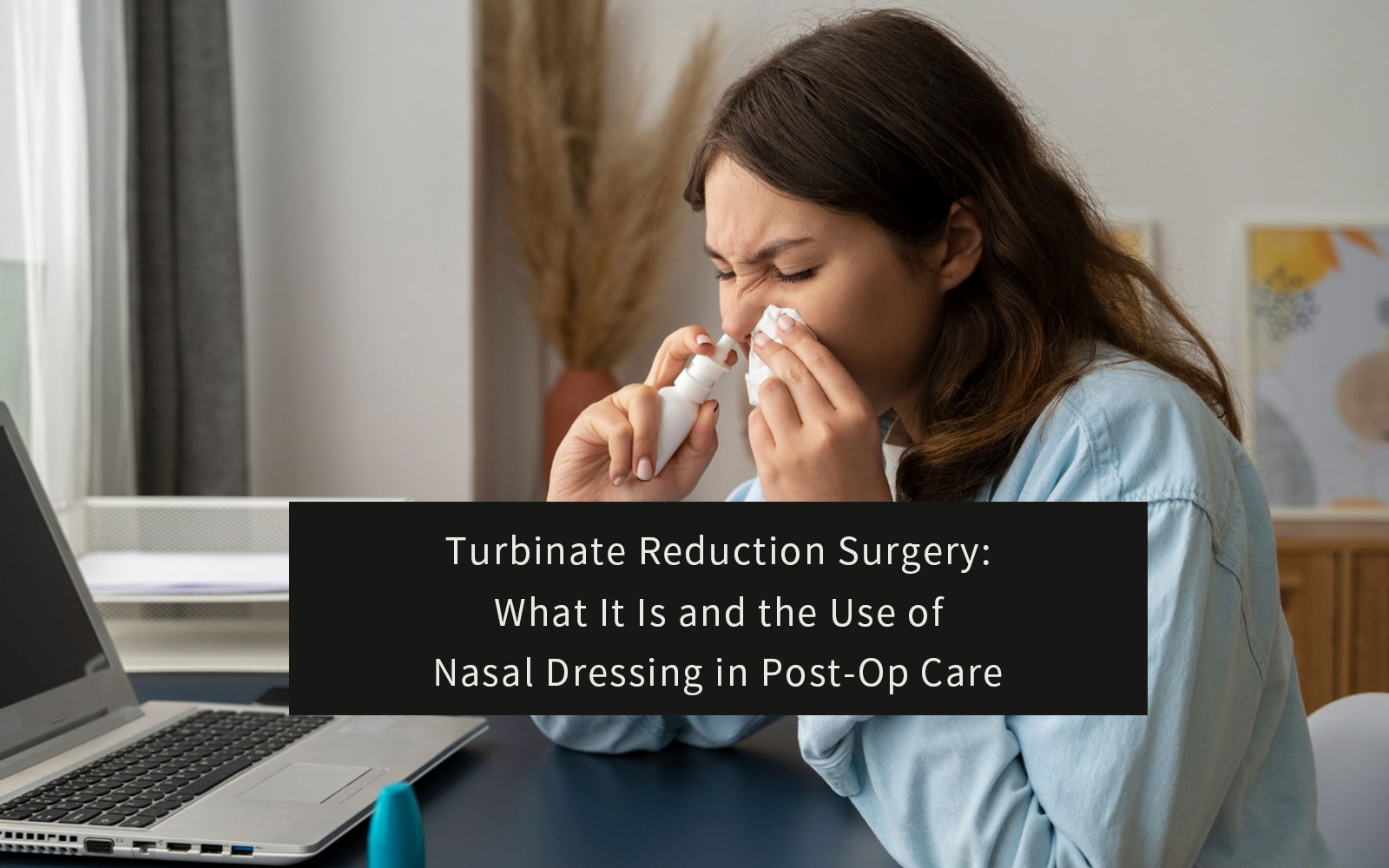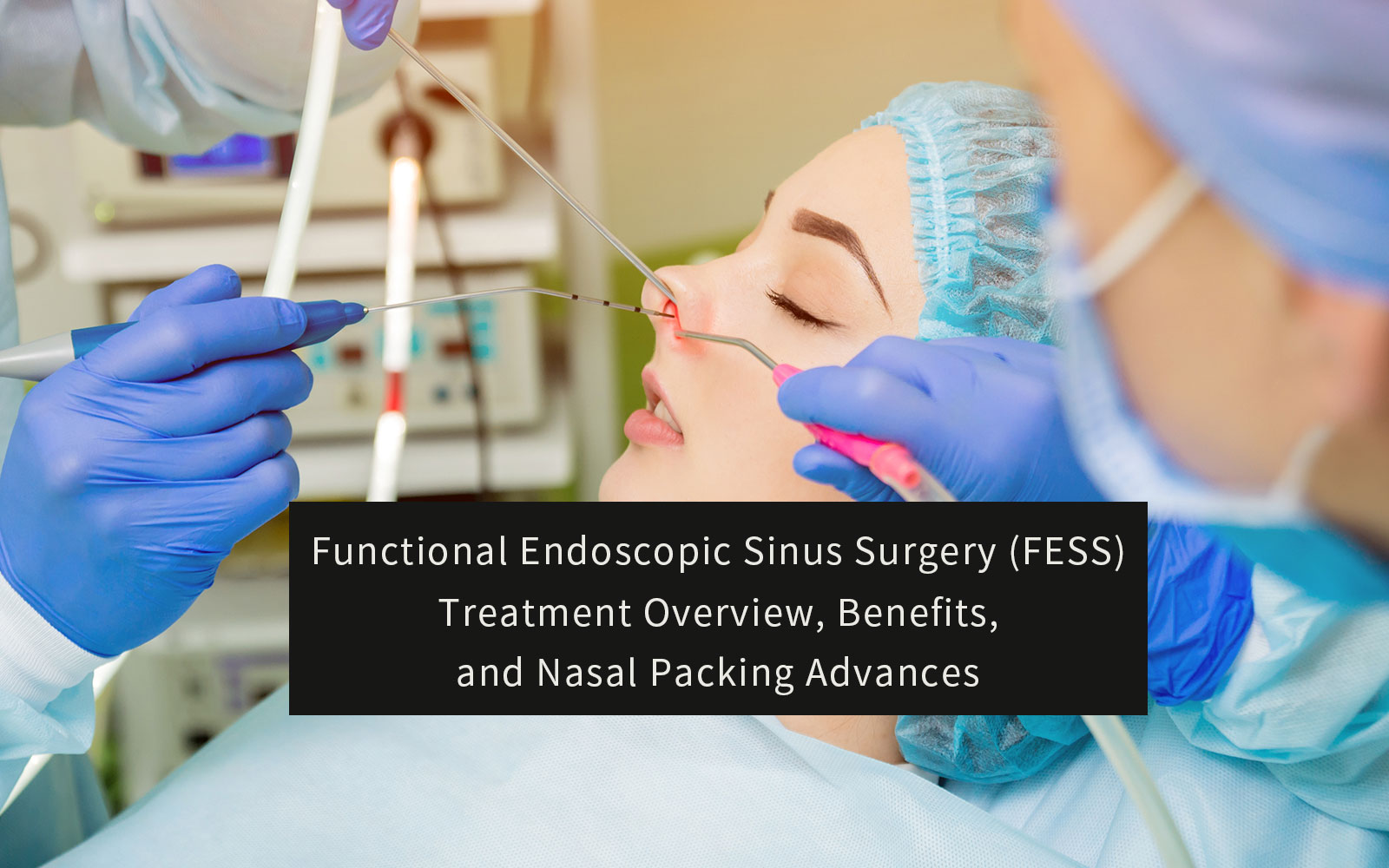According to the CDC, Functional Endoscopic Sinus Surgery (FESS) has become a cornerstone treatment for chronic sinusitis, a condition that now affects over 35 million adults in the United States as of 2023.
FESS emphasizes precision, minimal invasiveness, and faster recovery—providing effective relief for patients with chronic nasal obstruction, facial pressure, or recurring infections. As ENT surgeons increasingly adopt patient-centered techniques, next-generation postoperative materials such as NasoAid®, developed by Maxigen Biotech Inc. (MBI), play a crucial role in improving patient comfort and accelerating healing.
(Reference: GlobeNewswire, 2024)
Table of Contents
What Is FESS and How Does It Work?
Functional Endoscopic Sinus Surgery (FESS) is a minimally invasive procedure used to restore normal sinus drainage and relieve chronic sinusitis symptoms. Using a camera-equipped endoscope inserted through the nostrils, surgeons can clearly visualize and remove nasal polyps, inflamed tissue, or other obstructions—without any external incisions.
This image-guided approach improves airflow and reduces symptoms such as nasal congestion, facial pressure, and recurrent sinus infections, offering patients a safer and faster recovery compared to traditional surgery.
When Should You Consider FESS Surgery for Chronic Rhinosinusitis?
Functional Endoscopic Sinus Surgery (FESS) is generally recommended for individuals with chronic rhinosinusitis who do not respond to standard medical therapies—such as antibiotics, nasal corticosteroids, or antihistamines.
Common clinical indications for FESS include:
- Chronic sinus inflammation lasting longer than 12 weeks
- Nasal polyps obstructing airflow
- Structural issues like deviated septum or narrowed sinus openings
After thorough ENT evaluation and sinus imaging (typically via CT scan), FESS may be advised to restore proper sinus drainage, alleviate symptoms, and improve the patient’s overall quality of life.
How Does FESS Compare to Conventional Sinus Surgery?
Compared to traditional open sinus surgery, Functional Endoscopic Sinus Surgery (FESS) provides a less invasive and more precise approach, leading to faster recovery, reduced discomfort, and lower complication rates. The table below highlights the key differences between the two techniques.
Comparison Table: FESS vs. Traditional Open Sinus Surgery
| Feature/Aspect | Traditional Open Sinus Surgery | Functional Endoscopic Sinus Surgery (FESS) |
|---|---|---|
| Surgical Access | Often requires external facial incisions | Performed entirely through the nostrils (endonasal) |
| Visualization | Limited; based on direct line of sight | High-definition endoscopic visualization |
| Tissue Removal | More extensive, often involving bone and mucosa | Targeted removal of diseased tissue only |
| Wound Size | Larger incisions with visible trauma | Minimal internal trauma, no visible scarring |
| Anesthesia Type | Usually general anesthesia | General or local anesthesia |
| Hospital Stay | Frequently requires inpatient admission | Mostly outpatient procedure |
| Recovery Time | 2–4 weeks or more | Often 3–7 days for light activity resumption |
| Postoperative Pain | Higher, due to open wounds and extensive packing | Lower, especially with bioresorbable nasal packing such as NasoAid®, which eliminates the need for painful removal |
| Risk of Adhesion / Complications | Moderate to high | Significantly reduced due to enhanced visualization, precise techniques, and the use of advanced postoperative materials |
| Success Rate | Variable, with slower healing | High success rate, especially for chronic sinusitis |
| Use of Nasal Packing | Non-absorbable, often painful to remove | Absorbable options like NasoAid® nasal dressing minimize postoperative discomfort |
FESS Procedure: Before, During, and After FESS
Today, advancements in nasal dressing technology, particularly the use of bioresorbable materials, have significantly improved postoperative recovery after FESS. Modern dressings provide effective hemostasis, maintain a moist healing environment, and naturally degrade over time, reducing the need for painful removal. Products like NasoAid® exemplify these benefits, helping to accelerate mucosal regeneration and minimize the risk of scarring or adhesion.
How to Prepare for FESS Surgery?
Preparation for FESS includes undergoing imaging studies like CT scans to assess sinus anatomy, discontinuing certain medications that may increase bleeding risk, and fasting for a specified period before surgery. Following your surgeon’s preoperative instructions is crucial for a successful outcome.
What Happens During the FESS Procedure?
Under general or local anesthesia, the surgeon inserts an endoscope into the nasal passages to identify and remove obstructions. The use of advanced tools allows for precise removal of diseased tissue while preserving healthy structures. Postoperative care often includes the placement of nasal packing materials like NasoAid® to support healing.
What happens after functional endoscopic sinus surgery?
Recovery typically involves mild nasal congestion, minor bleeding, and some discomfort, which usually improve within a few days. Patients are advised to avoid strenuous activities and perform regular saline nasal rinses to support healing.
Traditionally, nasal packing has been a critical component of postoperative care in FESS—not only to control bleeding but also to prevent adhesions (synechiae) and maintain structural stability in the nasal cavity. Though often considered secondary to surgery itself, proper packing significantly influences healing and long-term surgical success.
With modern advances in nasal dressing technology, bioresorbable materials like NasoAid® have redefined postoperative recovery standards. These dressings deliver effective hemostasis, maintain structural support, and gradually dissolve in the nasal cavity—eliminating the need for painful removal.
By sustaining a moist wound environment that promotes rapid mucosal regeneration and reducing the risks of scarring and adhesions, NasoAid® Nasal Dressing has become an essential tool for optimizing healing outcomes after FESS.
As a result, ENT specialists increasingly rely on bioresorbable packing to enhance both patient comfort and surgical results.
Benefits of Undergoing FESS
Long-Term Symptom Relief for Chronic Rhinosinusitis
Functional Endoscopic Sinus Surgery (FESS) is a clinically validated intervention for patients with chronic rhinosinusitis (CRS) who do not respond to medical therapy. It effectively alleviates hallmark symptoms such as nasal obstruction, facial pain or pressure, postnasal drip, and olfactory dysfunction. Many patients report sustained improvement in sinonasal function and overall quality of life following surgery.
Minimally Invasive Approach with Faster Recovery
Unlike traditional sinus surgery, FESS is performed entirely through the nostrils using a nasal endoscope, avoiding external incisions and minimizing tissue trauma.
For example, a patient who feared facial scarring or extended downtime was relieved to find that she could return to work and resume light exercise just 10 days after surgery, experiencing only mild discomfort during the recovery period.
High Clinical Success Rate with Low Complication Risk
Studies consistently show that FESS yields clinical success rates of 80% to 90%, especially when coupled with postoperative nasal irrigation and medical management.
A patient previously plagued by frequent sinus infections requiring repeated courses of antibiotics found that after surgery, not only did infections decrease, but his overall need for medication was significantly reduced. Because the procedure preserves healthy mucosa, the risk of complications like adhesions or scarring is much lower than with older surgical methods.
(Alt JA, Mace JC, Smith TL. Sleep quality improvement following endoscopic sinus surgery. Int Forum Allergy Rhinol. 2014;4(3):175–180.)
Restoration of Nasal Ventilation and Drainage
By re-establishing patency of the sinus ostia, FESS restores physiological mucociliary clearance and improves sinus aeration. Patients typically experience enhanced nasal breathing and a reduction in nocturnal symptoms, including snoring and sleep fragmentation, which are commonly linked to chronic sinus congestion.
Decreased Dependence on Systemic Medications
Postoperative outcomes demonstrate reduced reliance on oral antibiotics, intranasal corticosteroids, and decongestants. By targeting the structural causes of sinus disease, FESS supports long-term symptom control with less pharmacologic intervention.
Enhanced Recovery with Bioresorbable Nasal Dressings
Adjunct use of bioresorbable nasal packing materials, such as NasoAid®, supports mucosal healing by providing gentle pressure, reducing synechiae formation, and delivering localized hemostasis. These dressings naturally degrade within the nasal cavity, eliminating the need for manual removal and enhancing patient comfort during the postoperative period.
Is FESS Surgery Safe? Risks and How to Minimize Them?
Although FESS is considered a safe and minimally invasive procedure, potential complications include nasal bleeding, infection, tissue scarring, and—rarely—damage to nearby anatomical structures. These risks are uncommon, and for most patients with chronic sinusitis, the benefits of surgery significantly outweigh the potential drawbacks.
How Can Complications Be Minimized After FESS?
Following postoperative care instructions is essential to reducing complications. One key factor is the use of advanced absorbable nasal packing materials such as NasoAid®. These dressings provide effective hemostasis, prevent adhesions, and dissolve naturally—eliminating the need for removal and making recovery more comfortable and efficient.
NasoAid®: The Bioresorbable Nasal Packing Solution Supporting Safer FESS Recovery
What Is NasoAid® and How Does It Support FESS Recovery?
Composed of 70% medical-grade collagen and 30% carboxymethyl cellulose (CMC), NasoAid® offers dual benefits of hemostasis and fluid absorption. Its self-degrading nature eliminates the need for painful removal—making it a preferred choice for ENT specialists aiming for faster recovery and better patient comfort after FESS procedures.
Why Choose NasoAid® Over Traditional Nasal Packing Materials?
Compared to conventional nasal dressings that must be removed manually, NasoAid® dissolves naturally, reducing trauma and improving patient compliance. Its biocompatible formulation supports optimal healing, while its ease of application reduces procedure time for surgeons.
Clinically validated and cleared for use in the United States, NasoAid® represents a reliable, high-standard solution for postoperative nasal care in endoscopic sinus surgeries.
As the demand for minimally invasive ENT solutions grows, advanced bioresorbable dressings like NasoAid® will continue to play a critical role in shaping the future of sinus surgery recovery.
Frequently Asked Questions About FESS and NasoAid®
Q: Is FESS a painful surgery?
A: FESS is generally well-tolerated by patients. Discomfort is typically mild and short-lived, especially with the use of modern absorbable nasal dressings like NasoAid®, which eliminate the need for painful packing removal.
Q: How long does it take to recover after FESS?
A: Most patients return to light activities within 3 to 7 days, and full recovery is usually achieved within 10 to 14 days, depending on individual healing and adherence to postoperative care.
Q: Will I need nasal packing after FESS?
A: Yes, but traditional nasal packing is increasingly being replaced by bioresorbable dressings such as NasoAid®. These dressings help control bleeding, prevent adhesions, and promote wound healing while dissolving naturally in the body. This eliminates the discomfort and trauma associated with the removal of conventional packing materials.
Q: Is NasoAid® approved for use in the U.S.?
A: Yes. NasoAid® is manufactured in compliance with ISO 13485 and meets U.S. FDA requirements for materials of animal origin, making it qualified for clinical use and distribution within the United States.
